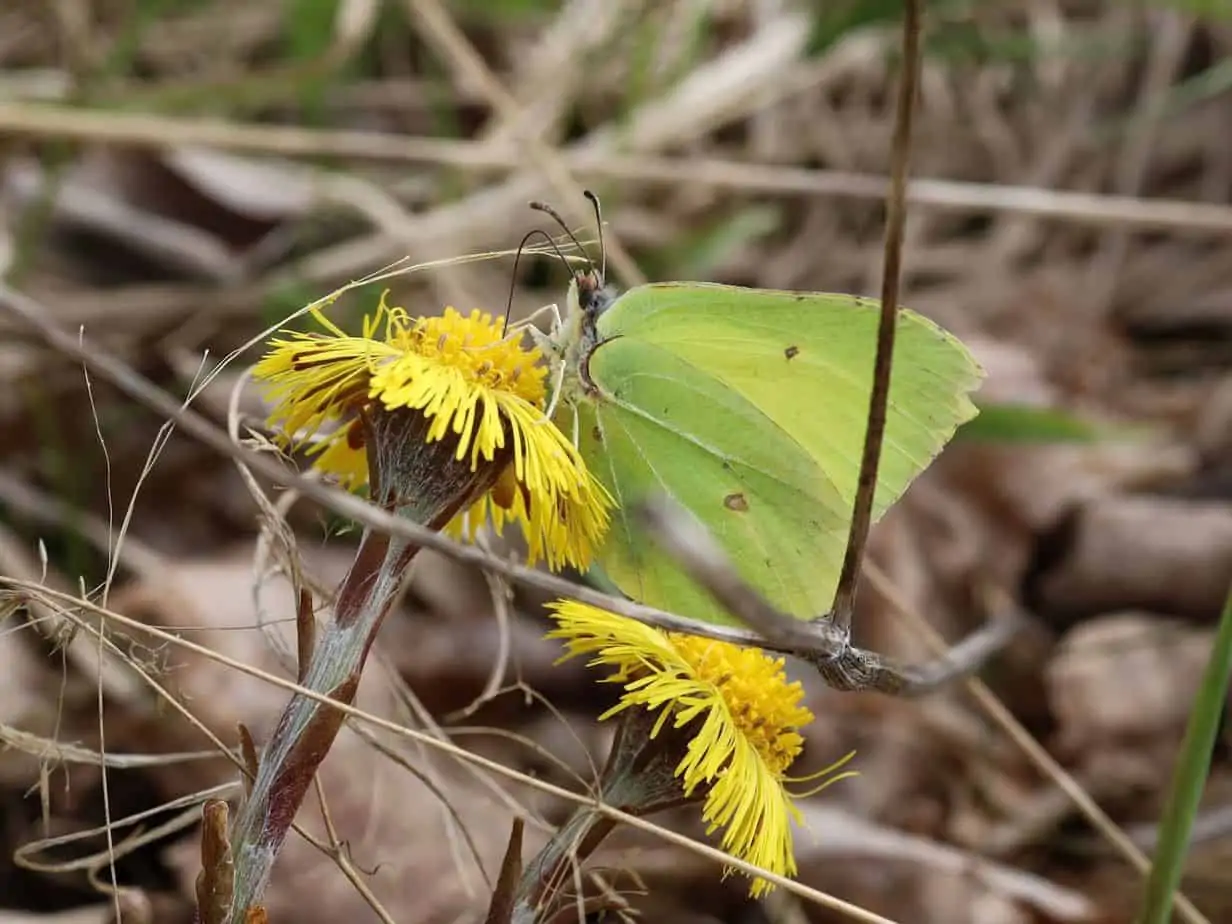Preserve winter quarters for insects
It’s getting cold and uncomfortable – for insects too. Where and how do butterflies, dragonflies or other species overwinter? “It’s actually very different,” explains Sabine Tappertzhofen from the biggest association for bird protection in Germany.. “Sometimes they hang between leaves, sit in stalks, in stalks or flowering plants. Some overwinter as eggs, some as larvae, the brimstone butterfly can even be frozen.”
20 percent of the meadows remain standing
For golf course operators this means: The flowering meadows, which serve as a habitat for insects during spring, autumn and summer, should not be completely mown in winter either, in order to give the insects a chance to overwinter. “Ideally, 10 to 20 percent of the area should be left over the winter, although the area should be different every year,” explains Tappertzhofen. The area should not be too small so that the insects can find it.
A faded meadow, which at first glance may appear a bit untidy or carelessly cared for, serves both as a natural source of food and as a winter quarters. However, it can be crucial for the survival of the insects. The issue sometimes becomes difficult on golf courses when the meadow areas are managed by third parties and the golf course does not have direct access to maintenance. Here, according to the expert, a short conversation and the pointer that it is important not to mow the entire meadow area with regard to the preservation of biodiversity is helpful.
Stems, dead wood or leaves as winter quarters
While large colonies of insects such as honey bees or ants can keep their nests warm themselves, butterflies, for example, are on their own. Only a few of them, such as the painted lady or the admiral, migrate to warmer regions in winter like migratory birds. Others, such as the small fox, flee into frost-free, damp tree cavities, attics or cellars. The increase in cell sap concentration prevents freezing during hibernation. Dead wood on the golf course also plays an important role for them because it is also suitable as a winter quarters due to the moisture.
Numerous moths also survive the winter, such as the swallowtail in the pupa stage or the bramble moth, tree white or small kingfisher as caterpillars. While the tree white and the small kingfisher spend the winter in a spun leaf, the so-called hibernaculum, the caterpillar of the blackberry moth (picture) looks for a hiding place.
Natural ponds for dragonflies
Beetles often hibernate as larvae or beetles in the ground, the ladybird looks for a well-protected place to sleep. Dragonflies usually survive the cold season as an egg or larva in hibernation, whereby they like to choose plants on the bank of a pond to lay their eggs there.
Leave flower strips partially standing, don’t clear away dead wood, but also pile it up into a larger heap and leave ponds in their natural state – with these three measures, as a golf course operator, you can guarantee that the course and its surroundings will also be a large habitat for insects next spring. Then the rest of the meadow can be mowed.








